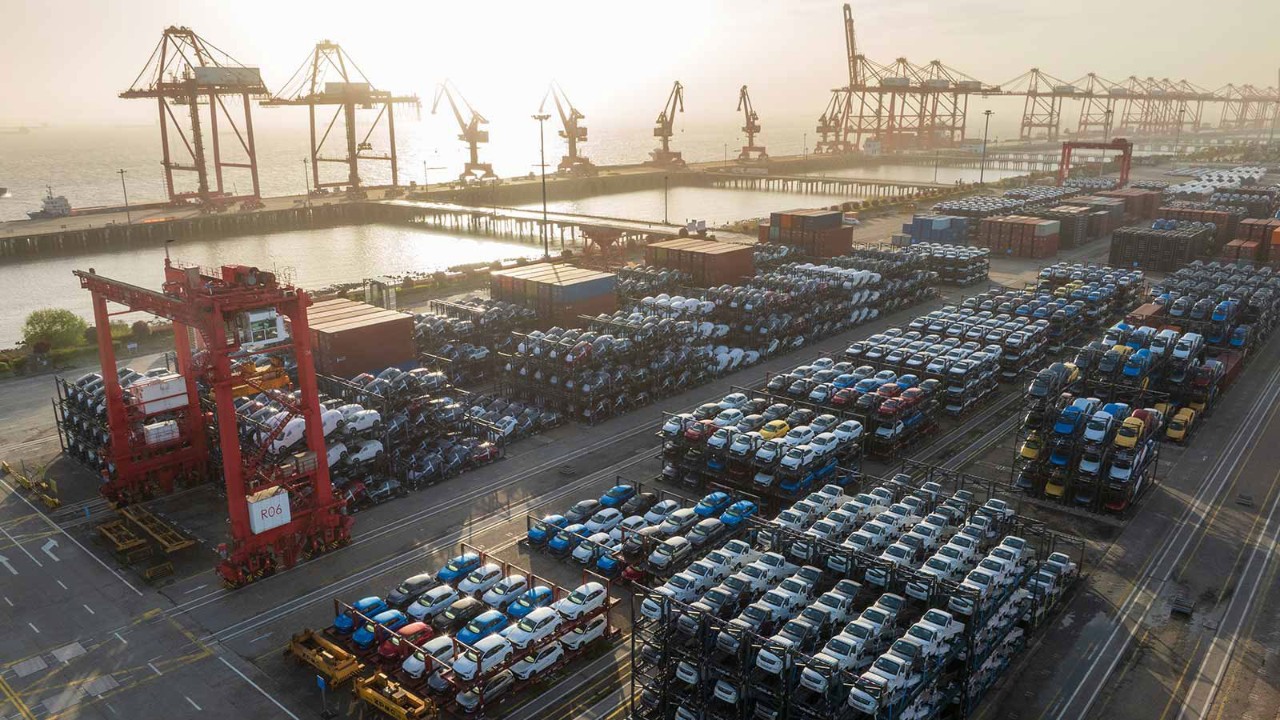
In the past 40 years, several developing Asian economies followed an export-oriented development model, pulling off a remarkable economic transformation in the process. Policy makers in these countries now face a critical question – how to adapt to a trade environment that is turning increasingly difficult? While the policy responses that are emerging differ across countries, those countries in South-East Asia will find ways to sustain economic growth rates that outperform their peers.
The World Trade Organisation (WTO) has reported that the number of import restrictions has been expanding since the global financial crisis in 2008-09. In 2024 alone, import restrictions covered an estimated US$2,942bn worth of imports (11.8% of total world imports), up sharply from US$2,480bn (9.9% of world imports) in the preceding year. There will be several areas of concern in the coming years.
Ideological shift
First, an ideological shift among policy makers in both developed and developing countries has seen them turn away from economic openness to favour restrictions on imports such as tariffs, anti-dumping duties and quantitative restrictions. Industrial policies of various kinds are frequently deployed to support domestic producers over foreign suppliers. Trade officials have also become wary of free trade agreements.
Secondly, the incoming administration in the US has stated clearly its intention to employ tariffs more widely to reduce its large external deficits and encourage the expansion of domestic manufacturing. Large trading partners of the US, such as China, the European Union and Mexico, have indicated that they would retaliate with measures of their own. While all this might be part of a negotiating game, it is highly likely that trade tensions will dominate much of 2025 before some sort of compromise is achieved.
Smaller emerging economies are probably better able to adapt to protectionist trends
Thirdly, shifts in global trade could lead to even more trade restrictions. Having invested early in industries of the future, such as electric vehicles, batteries and solar panels, China has developed an extraordinary export competitiveness in many areas. The result has been Chinese exports growing more rapidly than Chinese imports.
In today’s highly charged political environment, however, policymakers in importing countries find it hard to accept such a trend, as it displaces domestic producers. This is why there has been a proliferation of import restrictions affecting Chinese goods in developing economies, including India, Indonesia, Brazil and Turkey.
Nevertheless, smaller emerging economies, such as those in South-East Asia, are probably better able to adapt to these trends for the following reasons:
- They can leverage off their geo-strategic importance to win better trade terms from the big powers, such as the US and China. Some of them have already indicated a willingness to offer concessions to the US to minimise the tariffs that might be imposed on them.
- China’s rapid development has raised its costs, making it appropriate for producers in China to move up the value chain and shift lower-value production abroad. Chinese manufacturers are stepping up investments in South-East Asia, particularly Vietnam. Surveys of American, Japanese and European global manufacturing firms with operations in China also show a tendency to move some production out.
- The improved fundamentals in South-East Asia, such as better infrastructure, reduced red tape, liberalised labour markets and more government incentives, are helping to make the region a preferred destination for foreign direct investment.
- Several countries have proven adept at continuing to gain improved market access through new free trade agreements. Vietnam, for example, has been prolific in this regard. The greater trade connectivity this gives has made the country attractive to foreign investors.
- The one bright spot in global trade has been the continued expansion of exportable services. Countries such as India and the Philippines are benefiting from the increased demand for professional services that can be delivered through online platforms, for example.
We will probably see a continued rise in protectionism
Political trends are such that we will probably see a continued rise in protectionism, coupled with a greater willingness to employ industrial policies to boost domestic production and limit import growth.
If conventional trade theory is to be believed, all countries will lose from this. However, those countries that can nimbly adapt to these trends are likely to emerge relatively better off. The South-East Asian region is well positioned in this regard.



